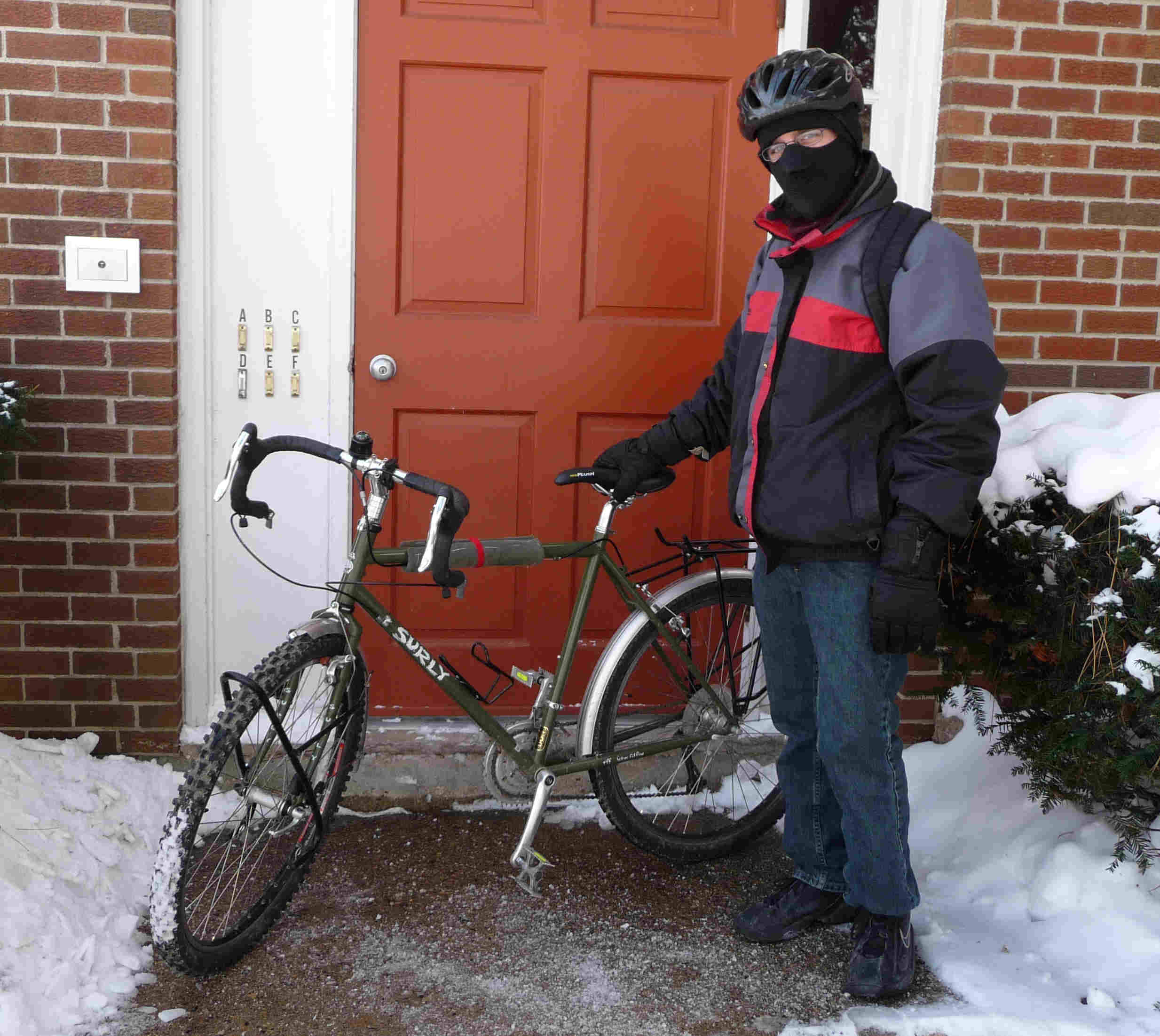As the automobile became the preferred method of travel in the United States during the 20th century, car oriented development became the dominant pattern of city design. Today it is extremely difficult or simply impossible to go about ones daily life without some reliance upon an automobile. Furthermore, in most areas of the country, the lack of one makes a person a second class citizen. For a variety of reasons, there has been a resurgence in the interest for mass-transit oriented developments (TODs). Proponents of this alternative method of city organization argue for its superiority over car oriented developments in efficiency, aesthetics, and livability (to name a few).1 Although there is something to be said for all of these reasons, here I will concentrate on an argument for TODs from the perspective of social justice. Typically arguments from social justice have been among the more controversial because they often involved some sort of redistribution of resources; in American politics it is often unclear how much the rich should be forced to give up in order to help the poor. I hope to bypass this issue by looking at a current public policy that seems to have wide-spread public approval, the Americans with Disabilities Act, and derive from it an argument for government sanctioned support of TODs. In section 1, I describe a number of public policies, including zoning, highway, and accessibility standards for the disabled and from these derive the moral basis for the government support of TODs. In section 2, I explain my argument in detail and address a number of initial concerns. Finally, in section 3, I address the most plausible objection to widespread TOD development – that gentrification could cause the poor to lose their homes. Continue reading Social Justice and Transit Oriented Developments
Tag: cycling
What makes a good bike lane?
I came across this website called Streetsblog today that shows examples of good bike lanes. If you go to the link you will notice that they are all separated from traffic by some sort of divider. This is often ignored in America; here a bike lane is just an extra small lane that is set aside for cyclists. The idea is that a bicycle belongs in the street just like any other vehicle, and that extra accommodations (beyond a slower lane) for bicycles are simply unnecessary. Madison is a perfect example of this; most bike lanes here are either in the parking lane or between the normal lanes of traffic and the bus lane. This makes one feel extremely vulnerable most of the time; either you are dodging parked cars (and their doors) or have cars and buses motoring past you on either side.
There is a feeling among many cyclists that even though there may be bike lanes on some main streets, the unsepereated traffic makes it far too dangerous to actually use the lanes. And this is considered to be an adequate bicycle accomodation by those who design streets. It seems to me that if we actually want to make cycling a practical method of transportation we need to build infastructure that makes it safe. Simply drawing lines doesn’t do that. The lines only accomodate the cars by getting the slower bicycles out of the way.
And never take the bus again!
Perhaps I merely want to justify my large purchase, but this year I am attempting to keep my bike running throughout the cold Wisconsin winter. This isn’t all that difficult if you are dressed properly, but snow and ice makes running with slicks a bit perilous. Luckily, while I was rummaging around in my parents’ basement over thanksgiving, I came across a set of mountain bike tires with sizable knobs. The great thing about the Surly ‘Long Haul Trucker’ (my bike) is that it has smaller diameter tires (26″) than a typical road bike (the same size as a standard mountain bike) and , as it says on my bike’s chain stay, ‘fatties fit fine’, meaning that you can put tires on it that are far wider than standard road bike tires. So, those knobs are keeping me quite safe through the winter. You can’t do that with a Trek!
